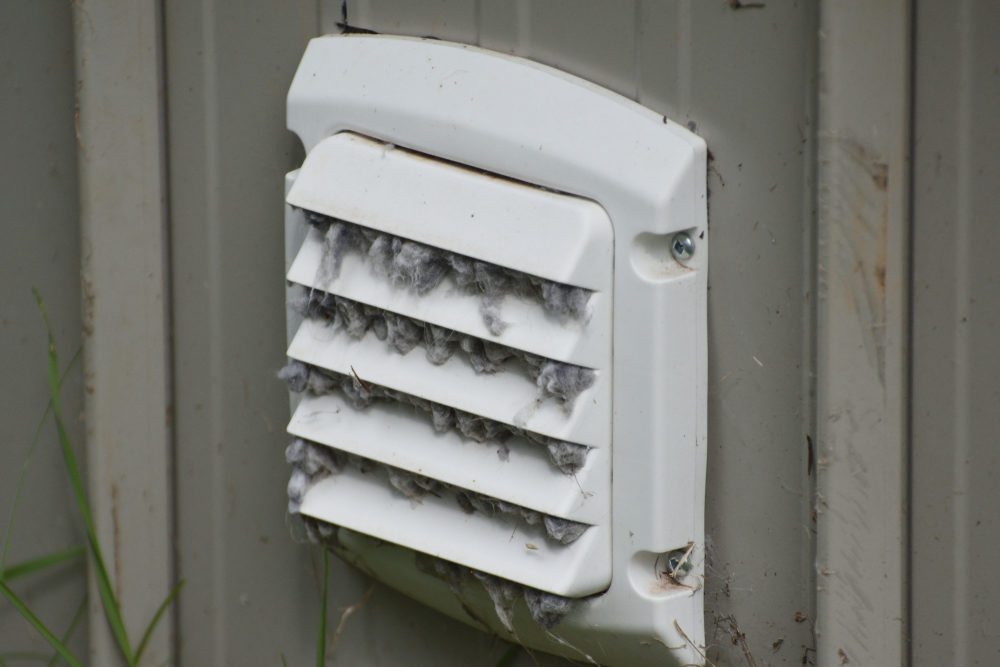How to Extend the Life of Your Laundry Room Appliances
For most homeowners, laundry is a never-ending chore. From morning to night, we’re constantly wearing clothes that inevitably make it to the washer and dryer.
And although these appliances are great, running cycle after cycle creates significant wear and tear, which can then cause them to break down.
We’re here to help. At Frontdoor®, we believe all homeowners should have the tools, knowledge, and resources to tackle projects on their own—including washer and dryer maintenance.
By following these tips for proper washer and dryer maintenance, you can spend less time focusing on your appliances and more time focusing on what you love.
7 Automatic Washer Maintenance Tips
You’ll find home washers in two basic models: front loaders and top loaders. The differences between these two models are small but important.
Front loaders are generally more expensive in the checkout aisle, but they typically pay for themselves over time. They use about two-thirds less water, which means you’ll have a lower water bill and a smaller carbon footprint because you won’t need so much hot water.
Although top loaders use more water, they are a less expensive option upfront, so they can be a superior choice if you have a tight budget when you’re shopping for new appliances.
Regardless of what sort of washer you have, here are the most important washer maintenance tips to follow:
1. Do: Empty the Washer of Wet Clothes As Soon As Possible.
This is an easy maintenance step, and it’s also one of the most important actions you can take for an efficient washer.
If wet clothes are left in the washer for too long, the resulting moisture can encourage mold and mildew. That’s bad enough for your clothes, but that bacteria can also seep into the rest of your washer.
2. Do: Inspect the Door for Moisture.
This simple tip is especially important if you have a front loader (but folks with top loaders should pay attention as well): After every use, check the door gaskets for moisture.
Any moisture that’s present in or around the gaskets can promote mold and mildew, and this growth can prevent the door from sealing properly while operating.
Wipe your gaskets dry with a clean, dry cloth, and then leave the door open so air can circulate and dry out any remaining moisture within the washer and gaskets. Wipe under the door glass to make sure there is no debris there that could prevent the door from sealing correctly to the tub gasket.
While you should inspect your gaskets every time you run a load, you should also mark your calendar to give your door a little TLC each month. Create a solution of equal parts water and vinegar, then use this mixture to clean your gaskets with a soft cloth.
3. Do: Run a Periodic Maintenance Wash.
Every month, run your washer through a cycle without any clothes inside it. A couple of rules to follow:
- Use the hottest water possible.
- Use the appropriate amount of washer machine cleaner.
- When in doubt, refer to the unit’s user manual.
Running this maintenance wash will keep both the machine and its drain pipes clear of dirt and buildup.
4. Do: Keep Your Washer Level.
Your washer contains a drum that spins during use. This spinning action can vibrate and shift your washer over time, which can then move its legs, making it unlevel.
An unlevel washer then places additional strain on its componentry, which can reduce the washer’s longevity.
To ensure your washer is level, check its legs. Most washers have adjustable legs that turn to adjust the height. Turn the legs clockwise to reduce the height and counter-clockwise to increase the height.
5. Do: Inspect the Hoses.
If you’ve ever suffered a burst water hose, you know a broken washer line can spill hundreds of gallons of water inside your home.
As a preventative measure, inspect your hoses multiple times a year for cracks or breaks. If visible signs of wear are present, unplug your washer and turn off the water supply.
Use a bristle brush to clean the filters, then replace your hose—ideally with a braided metal hose that can’t split. At a minimum, both hoses should be replaced every five years. Pro tip: Wrap a piece of tape around each hose and mark the date it was replaced! That will be helpful information for future reference.
6. Do: Clean the Exterior.
Most dryers are made of metal, so fill in scratches and gashes with touch-up paint to prevent rusting. On a regular basis, clean the buttons and control dials with mild soap. This will assist in preventing buttons from sticking and unwanted malfunctions.
7. Don’t: Overload Your Washer.
Most washers are clearly labeled to inform you how much is too much. Pay close attention to those guidelines!
In addition to leading to poor wash results and damaged clothing, overloading your washer can hurt it by placing it off balance while it’s running.
As a general rule, your washer should be loosely filled with clothing instead of packed tightly.
6 Home Dryer Maintenance Tips
Your home dryer is just as important as your washer, so it should receive the same amount of attention to keep it in good condition.
These are our favorite recommendations for home dryer maintenance:
1. Do: Clean the Lint Trap After Every Use.
After every load, remove the lint screen and use your hand or a soft cloth to remove the lint. Afterward, use a long brush or vacuum hose to remove any remaining lint at the bottom of the trap. If necessary, shine a flashlight in there to ensure it’s clear.
Leaving excess lint in the dryer can be deadly. According to the National Fire Protection Association, approximately 16,800 house fires are caused by a washer or dryer in the United States every year, leading to deaths, injuries, and millions of dollars in property damage.
Protect you and your family. Clean your lint trap after every load!
2. Do: Clean the Dryer’s Venting Duct.
Just as you check your lint trap on a regular basis, you should also check your venting system on a regular basis—at least once a year. If you’ve never touched it before, your venting duct runs from the dryer to a vent on the outside of your house, and it can become clogged with lint over time.
If your duct is made from plastic or ribbed metal, replace it with smooth metal. While you’re at it, be sure the outside vent is free of obstructions like trees and bushes.
As a precaution, only tackle this task if you feel comfortable. If necessary, call in a professional.
3. Do: Keep Your Dryer Balanced.
As with your washer, your dryer should be properly balanced for optimal performance and longevity. Most dryers have adjustable legs that you can turn to adjust the height and maintain balance, but you can also slip thin pieces of wood underneath your dryer legs in a pinch.
4. Don’t: Put Soiled Items in the Dryer.
Never place anything dirty in your dryer, even if it’s only been lightly used. Any sort of dirt could interfere with your dryer’s operation. So if you ever come home with wet shoes or a damp towel from the beach, throw it into the washer before adding it to the dryer!
5. Don’t: Overload the Dryer.
As with your washer, you should never fill your dryer to the brim. Your clothes require good air circulation to dry, and overfilling the dryer cuts down on that circulation, increasing the drying time and potentially leading to additional wear and tear.
Note: The above DIY tips are for informational purposes only!
Find Help For Washer and Dryer Maintenance—And Other Tasks Around the House
Maintaining your washer and dryer doesn’t need to be difficult. By following the right preventative maintenance tips, you can extend each appliance’s lifespan and see better results.
Still need help with your washer or dryer? Download the App to video chat with a Frontdoor expert right now for help walking through the process—or to hire a trusted professional to tackle your washer and dryer maintenance needs!
To dig into more topics, explore the rest of our How-to Tips for time-saving home repair and maintenance checklists.
Frontdoor assumes no responsibility, and specifically disclaims all liability, for your use of any and all information contained herein.
Was this article helpful?


